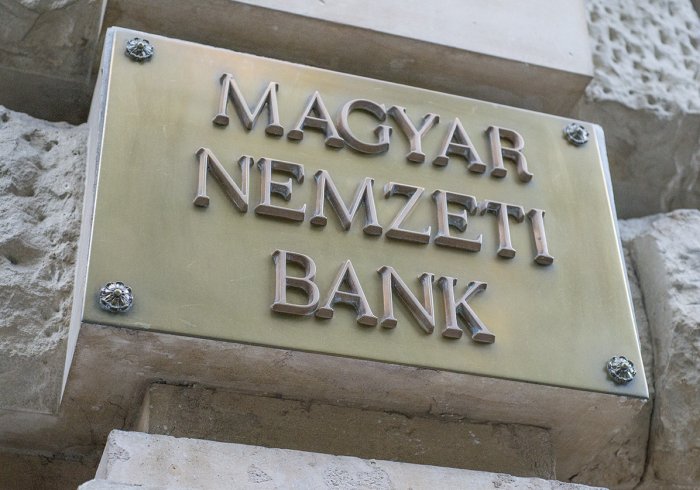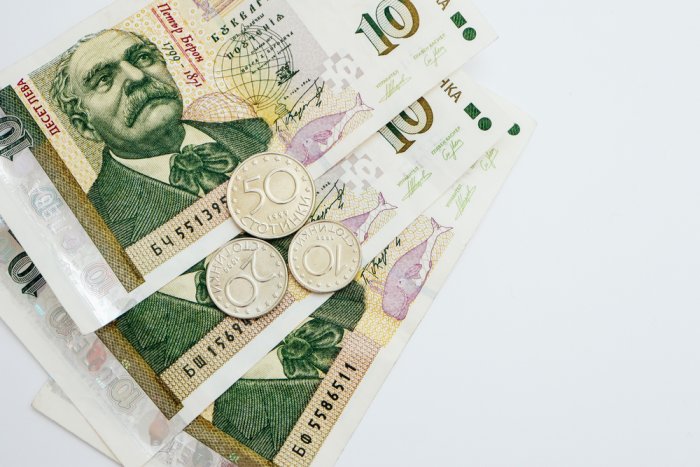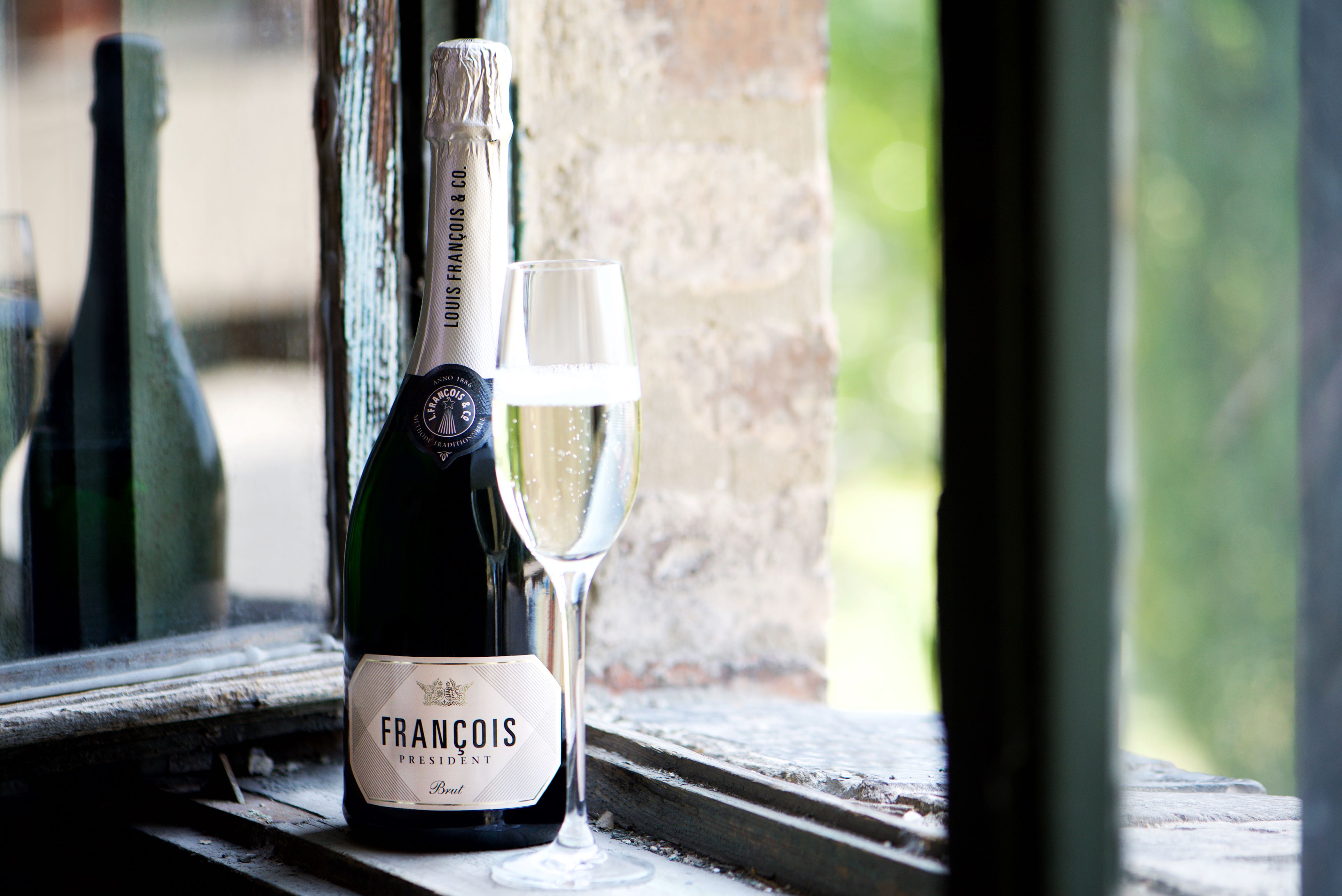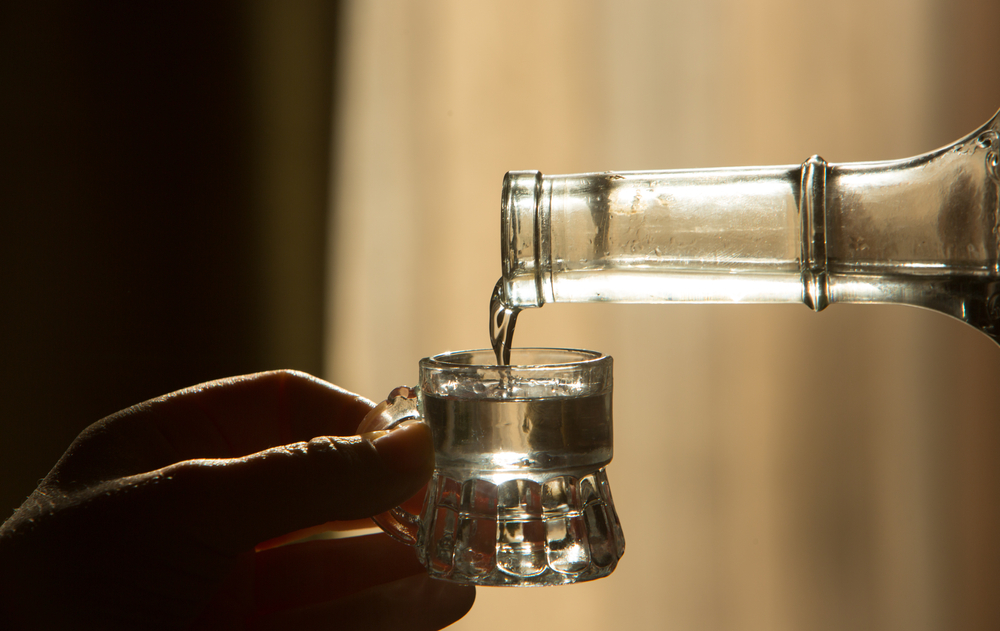Kékfrankos Continues its Post-communist Comeback
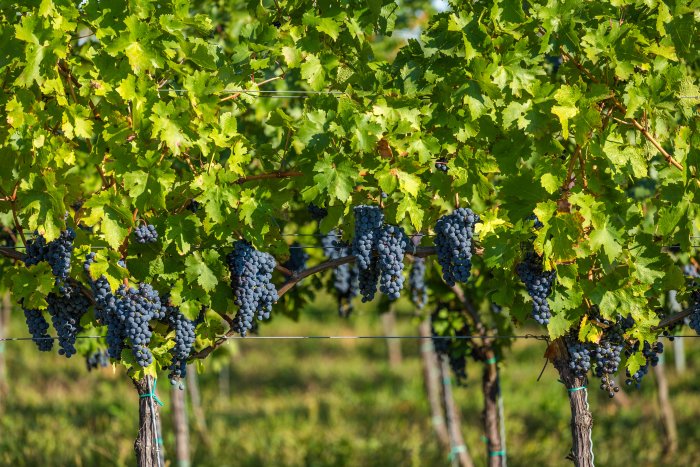
Photo by ophotography / Shutterstock.com
Kékfrankos is Hungary’s most planted grape, yet not so long ago its very mention brought groans if I were to pour it for unimpressed wine tasters, whose palates had been pounded by thin and sharp versions of the variety in past decades. Those very same palates are now thankfully learning to appreciate the wine in its increasingly classy incarnations.
In truth, Kékfrankos is a grape that Hungary’s vintners have to get right, not only because it accounts for a whopping 7,592 out of Hungary’s 64,000-odd hectares of land under vine, but also as it is one of only a pair of prominent indigenous red grape varieties (Kadarka being the other), while the country is blessed with a bevy of native white wine grapes.
Kékfrankos is dependable in the vineyard, holding up very well in more challenging vintages when others can take a battering, meaning that consistency across the years can be assured. Kadarka, for example is much more at the mercy of the vagaries of different vintages.
The acidic, watery Kékfrankos wines of the past came from sky-high yields, when the aim was to suck as much juice out of the wines as possible, as quantity took precedence over quality.
This modus operandi from the former communist system took a while to be phased out, or at least it took time for the grape to be utilized to make more serious wine.
Despite being Hungary’s most planted grape and well distributed around the country’s red wine regions, Kékfrankos long played something of a backseat role to the more fancied international grapes. That is until Hungarian vintners realized that indigenous varieties are where it’s at, as well as learning from the Austrians, who have led the way with Blaufränkisch, the Austrian name for Kékfrankos.
Besides being a genuinely autochthonous grape variety, another key Kékfrankos attribute is that it keeps a cap on the level of alcohol, with the 14% threshold very rarely being breached, but a figure that the Bordeaux varieties top in Hungary with real regularity as temperatures rise.
Blind Faith
A recent blind tasting of wines made from the grape yielded some pleasant surprises. Teleki Villányi Kékfrankos from Csányi Pince is not a wine that many aficionados would associate with high quality, but the 2018 is currently drinking very well.
It’s hit the point where it’s nicely balanced between primary fruitiness, namely sour cherry, and aged tertiary earthiness, with the tannins having become nicely fine-grained. It was aged in large barrels. Although this is quite a light wine that is not made for long-term ageing, the time in bottle has rendered what is ostensibly a cheap and cheerful wine, somewhat more complex. It is a steal at HUF 999 from GRoby.
Another wine that gives plenty of bang for the buck (HUF 1,990 from Pannonborbolt.hu), this time from Szekszárd, which has become a real powerhouse of the grape variety, is Eszterbauer’s “Tanyamacska” Kékfrankos 2019, which is named after the “farm cats”, or the older local peasant men, who used to spend most of their time hanging around the wine cellar, whether they needed to or not. A picture of them from the 1930s is featured on the label.
This is a light, fruity, juicy, spicy and varietally-pure wine with refreshing acidity and just a touch of oak. It comes from the from the Bodzás and Porkoláb-völgy vineyards.
The same winery also flexes its Kékfrankos wings in the best vintages, like 2017 (of which 1,100 bottles were made) with Eszterbauer Frankos, which is a single-vineyard bottling from Bodzás, and a much more concentrated effort, but with lashings of ripe, fresh fruit (blueberry, sour cherry) that stands up to and is complemented by the good dose of oak.
Despite its intensity, it keeps the alcohol at 13.5%, leading to a smooth finish. It is currently on sale at the winery for HUF 6,490, down from HUF 8,900. Quite frankly, few are likely to pay almost HUF 9,000 for a Kékfrankos, no matter how good it might be.
Organically Grown
Staying in Szekszárd and back to the tasting, Illyés Kúria Kékfrankos 2019 comes from a 0.3-hectare plot of organically cultivated 50- to 60-year-old vines. It was the pick of the Hungarian wines at the blind tasting for me and has a vibrant, attractive purple color.
It is really complex with pomegranate and blood orange notes (reminiscent of Southern Rhône reds), alongside the more typical sour cherry, robust tannins and a slightly untamed character that is both charming and pure. It costs HUF 4,550 from Bortársaság, and just 600 bottles were produced.
It was made by the self-confessed, health-obsessed cardiologist Miklós Illyés, who looks at grapes as he does people. He believes humans and grapes only perform well when they are healthy, which means not being treated by antibiotics or synthetic chemicals. Accordingly, he treats the vines with the naturally-occurring chemicals sulfur and copper, as well as orange oil.
Another wine with a wonderfully wild, natural and earthy feel was Gábor Kerner’s single-vineyard Vitézföld 2017, from a volcanic vineyard in the Mátra Hills (HUF 10,800 from leesbrothers.hu) that has slightly explosive alcohol (14.5%), which is a surprise for both the grape and the relatively cool, northern wine region it comes from.
The delicious pomegranate note was also captured in Gellavilla’s Kékfrankos 2016, a pleasantly restrained and elegant wine from Balatonszőlős that is ageing nicely and costs HUF 4,400 at Bortársaság. (Again, only 600 bottles were made.) This winery is also moving in the organic direction.
It is wise to pick up some older vintages as Kékfrankos transforms itself with time in the bottle, something which is not widely known as little of it is kept for long. It is often initially rough tannins can become delightfully fine grained with the passing of time. Taking things to an extreme, Bock Kékfrankos 2001 oozed strawberry compote and, while well past its best, it is still alive and rather tasty to boot.
What’s in a Name
What is called Kékfrankos in Hungary is known as Blaufränkisch across the border in Austria. Austrianwine.com calls Blaufränkisch a “traditional Austrian variety [that] is a cross between Blauer Zimmettraube and Weißer Heunisch.” It notes that “Blaufränkisch was previously widely-planted throughout the Habsburg Monarchy.” In Germany, the grape is called Lemberger, which comes from the town of Maissau in Niederösterreich (in present-day Austria), which was formerly called Limberg.
This article was first published in the Budapest Business Journal print issue of January 29, 2021.
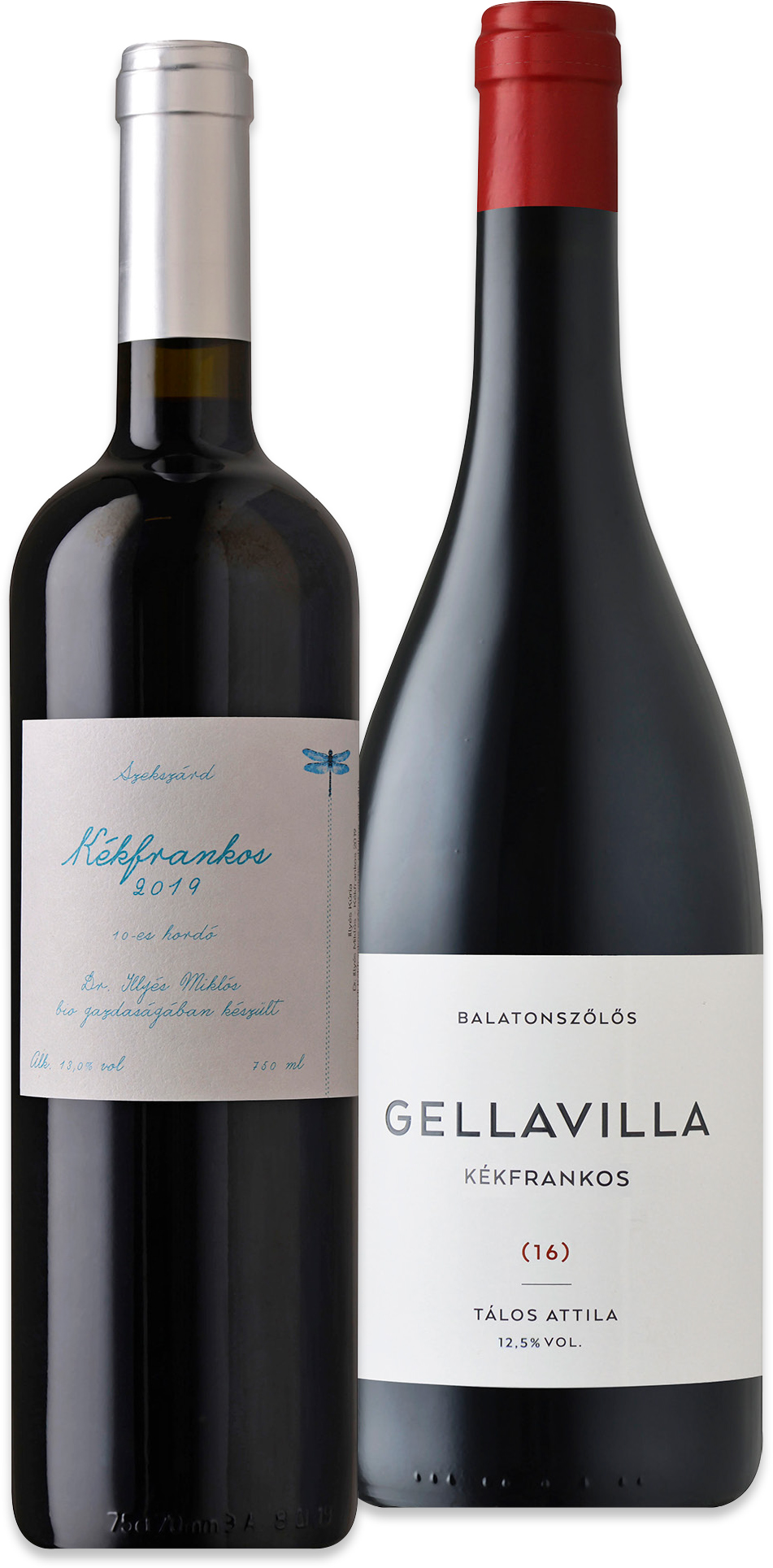
SUPPORT THE BUDAPEST BUSINESS JOURNAL
Producing journalism that is worthy of the name is a costly business. For 27 years, the publishers, editors and reporters of the Budapest Business Journal have striven to bring you business news that works, information that you can trust, that is factual, accurate and presented without fear or favor.
Newspaper organizations across the globe have struggled to find a business model that allows them to continue to excel, without compromising their ability to perform. Most recently, some have experimented with the idea of involving their most important stakeholders, their readers.
We would like to offer that same opportunity to our readers. We would like to invite you to help us deliver the quality business journalism you require. Hit our Support the BBJ button and you can choose the how much and how often you send us your contributions.

